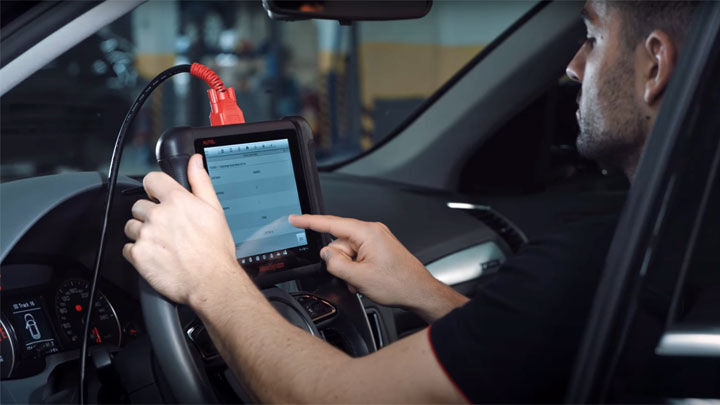
Computerized Vehicle Diagnosis is a modern automotive service that uses advanced diagnostic tools and software to analyze the health and performance of a vehicle's electronic systems. It involves connecting a vehicle to an On-Board Diagnostic (OBD) scanner or a specialized diagnostic tool to retrieve data from the car's onboard computer systems. This helps to identify issues, faults, or inefficiencies in real-time, offering a fast and accurate method for pinpointing problems that may not be easily noticeable through traditional inspection methods.
